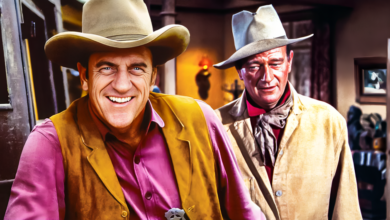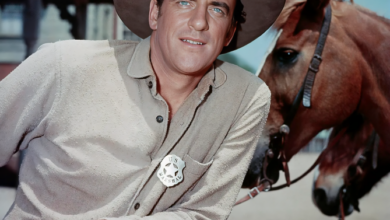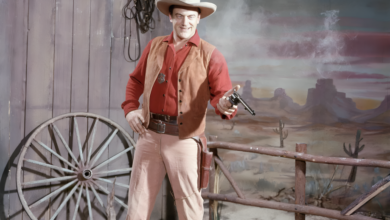Gunsmoke The Epic Western That Defined a Genre

Gunsmoke, the iconic American television Western, captivated audiences for two decades with its gritty portrayal of frontier life in Dodge City, Kansas. From 1955 to 1975, the series chronicled the adventures of Marshal Matt Dillon and his colorful cast of companions, becoming the longest-running primetime live-action series of the 20th century. This article delves into the rich history, memorable characters, and lasting impact of Gunsmoke on American popular culture.
The Birth of a Television Legend
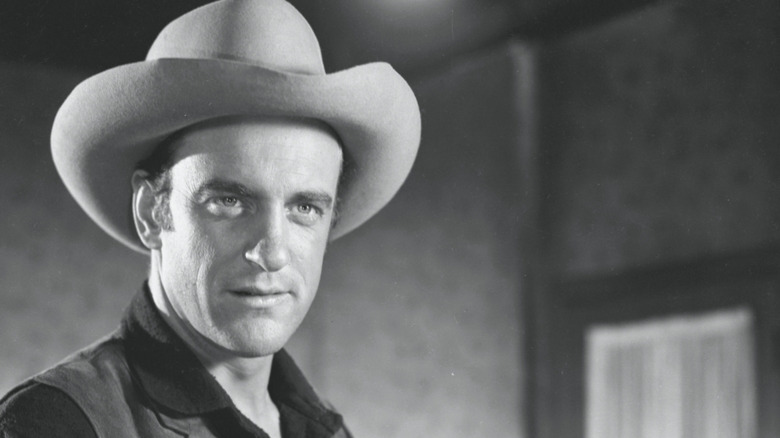
From Radio to Television
Gunsmoke’s journey began on the airwaves, captivating radio listeners with tales of the Old West. The transition to television brought new challenges and opportunities, as the show’s creators worked to bring the world of Dodge City to life visually.
The radio version of Gunsmoke, which aired from 1952 to 1961, laid the groundwork for the television series. William Conrad voiced Marshal Matt Dillon on radio, but when it came time to cast the television version, producers sought a different actor to embody the role visually.
The search for the perfect Matt Dillon was extensive, with many well-known actors considered for the part. Ultimately, James Arness was chosen, bringing a commanding physical presence and quiet strength to the character that would define the role for decades to come.
Setting the Stage in Dodge City
Dodge City, Kansas, served as the backdrop for Gunsmoke’s tales of law and order in the Wild West. The show’s creators meticulously researched the period to create an authentic representation of frontier life in the late 19th century.
The fictional Dodge City of Gunsmoke was a place where civilization and lawlessness collided. Saloons, general stores, and the marshal’s office provided familiar settings for the drama to unfold. The Long Branch Saloon, in particular, became an iconic location, serving as a hub for many of the show’s pivotal scenes and character interactions.
Assembling the Cast of Characters
While Marshal Matt Dillon was the central figure of Gunsmoke, the show’s success relied on a rich ensemble of supporting characters. Each brought their own unique personality and backstory to the series, contributing to the depth and complexity of the Gunsmoke universe.
Among the most beloved characters were Doc Adams, the town physician played by Milburn Stone, and Miss Kitty Russell, the proprietor of the Long Branch Saloon portrayed by Amanda Blake. These characters, along with Deputy Chester Goode (Dennis Weaver) and later Deputy Festus Haggen (Ken Curtis), formed the core group that viewers would come to know and love over the course of the series.
The Evolution of Gunsmoke
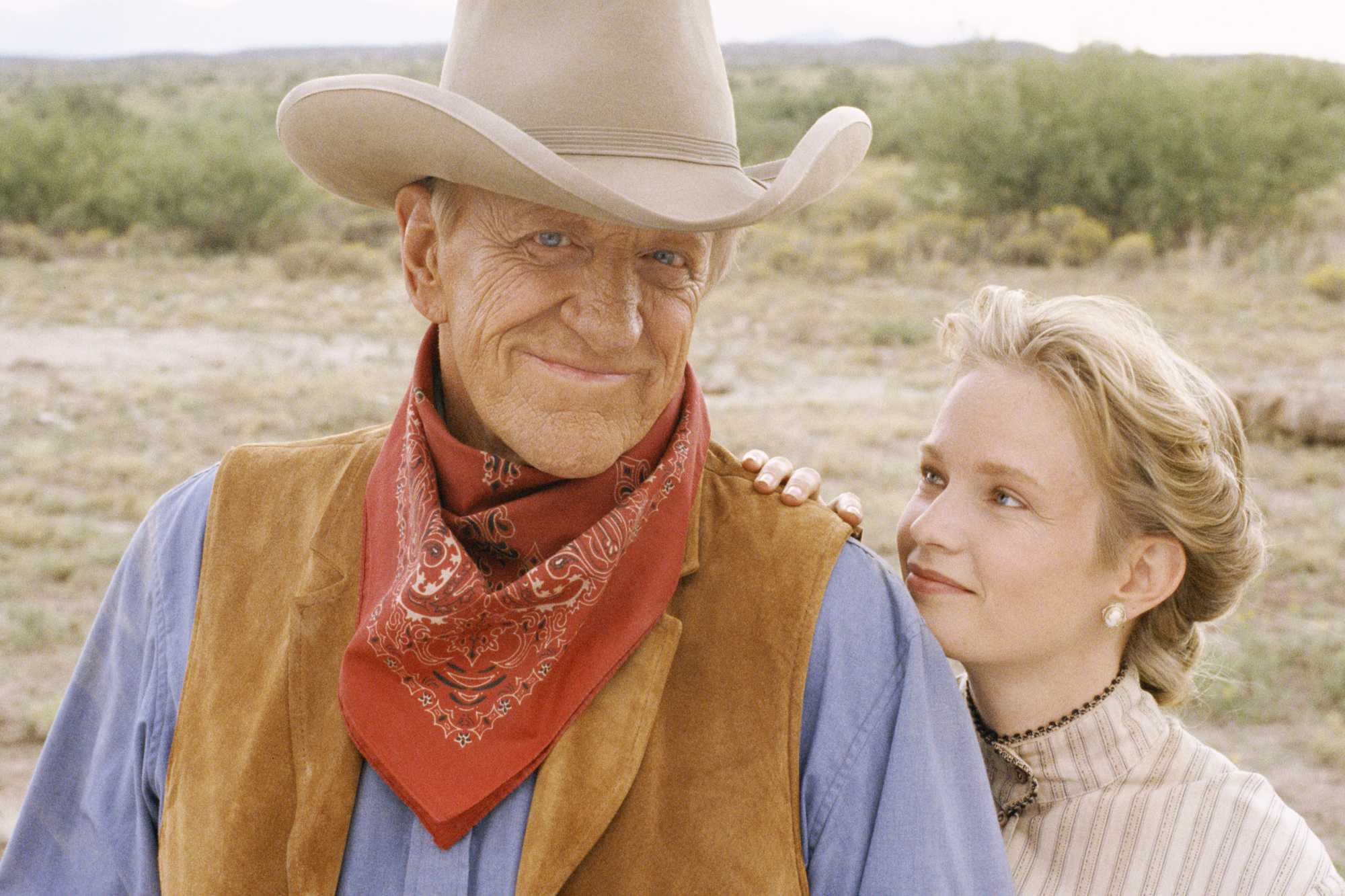
Early Years and Establishing the Formula
In its early seasons, Gunsmoke set the standard for television Westerns. The show’s half-hour format focused on tightly-plotted stories that often dealt with moral dilemmas and the challenges of maintaining law and order in a frontier town.
The black-and-white episodes of the early years had a noir-like quality, emphasizing the gritty realism of life in the Old West. Violence was a common theme, but it was never glorified. Instead, the show explored the consequences of violent acts and the toll they took on both the perpetrators and the community.
Marshal Dillon’s approach to law enforcement was characterized by a strong moral code and a preference for using words over guns whenever possible. This nuanced portrayal of a lawman set Gunsmoke apart from many of its contemporaries and contributed to its enduring appeal.
Transition to Hour-Long Format
In 1961, Gunsmoke made the transition from a half-hour to an hour-long format. This change allowed for more complex storytelling and deeper character development. The expanded runtime gave writers the opportunity to explore multiple storylines within a single episode and to delve more deeply into the personal lives of the main characters.
The longer format also allowed for the introduction of more guest stars and recurring characters, further enriching the world of Dodge City. Many well-known actors made appearances on Gunsmoke over the years, adding to the show’s prestige and appeal.
Evolving with the Times
As Gunsmoke entered the 1960s and 1970s, the show adapted to changing societal norms and viewer expectations. While maintaining its core themes and values, the series began to tackle more contemporary issues, often through allegory or historical parallels.
The show addressed topics such as racial prejudice, the treatment of Native Americans, and the changing roles of women in society. These storylines helped keep Gunsmoke relevant and thought-provoking, even as it remained rooted in its 19th-century setting.
The Heart of Dodge City: Key Characters and Relationships

Marshal Matt Dillon: The Stoic Lawman
James Arness’s portrayal of Marshal Matt Dillon became the cornerstone of Gunsmoke’s success. Standing at an imposing 6’7″, Arness brought a physical presence to the role that matched Dillon’s moral stature. The character was a complex mix of toughness and compassion, always striving to uphold the law while showing mercy when circumstances warranted it.
Dillon’s backstory was revealed slowly over the course of the series, adding layers to his character. His dedication to his job often came at the expense of personal relationships, a recurring theme throughout the show’s run. The marshal’s sense of duty and his struggle with the violence inherent in his profession provided rich material for storytelling.
Despite his skills with a gun, Dillon preferred to resolve conflicts through reason and negotiation. This approach set him apart from many other Western heroes and reflected the show’s nuanced take on justice and morality in the Old West.
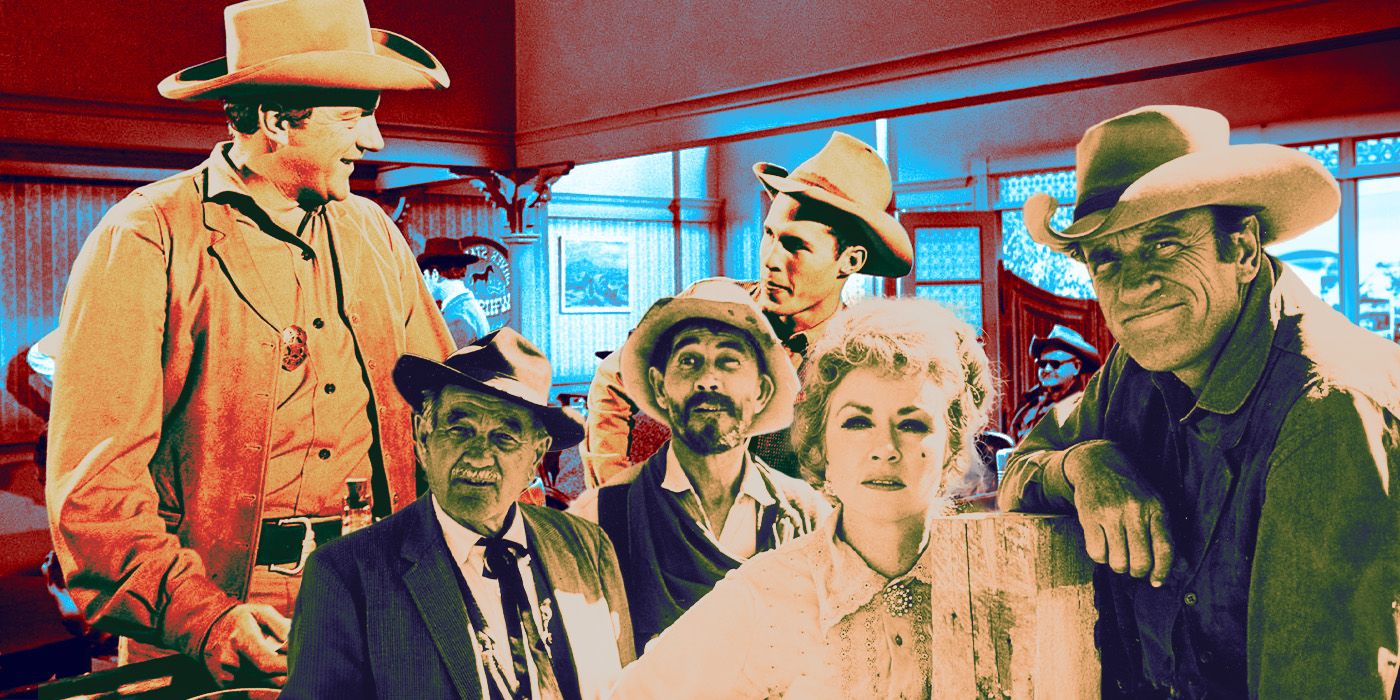
Miss Kitty Russell: More Than a Saloon Owner
Amanda Blake’s Miss Kitty Russell was a groundbreaking character for television of the era. As the owner of the Long Branch Saloon, Kitty was a successful businesswoman in a male-dominated world. Her character brought warmth, wit, and a touch of sophistication to the rough-and-tumble world of Dodge City.
The relationship between Kitty and Marshal Dillon was one of the show’s most enduring storylines. Their romance, while never explicitly defined, was a constant undercurrent throughout the series. The unresolved nature of their relationship kept viewers engaged and speculating for years.
Kitty’s role expanded over time, with the character often taking center stage in episodes that explored her past or put her in peril. Amanda Blake’s portrayal gave depth to a character that could have easily been relegated to a stereotype, making Miss Kitty one of the most beloved figures in the Gunsmoke universe.
The Supporting Cast: Bringing Dodge City to Life
The rich tapestry of Gunsmoke was woven with a diverse array of supporting characters, each contributing to the show’s depth and appeal. Doc Adams, played by Milburn Stone, was the crusty but compassionate town physician whose banter with the other main characters provided both comic relief and emotional resonance.
Deputy Chester Goode, portrayed by Dennis Weaver in the early seasons, was Marshal Dillon’s loyal assistant. Chester’s distinctive limp and earnest demeanor made him a fan favorite. When Weaver left the show, he was replaced by Ken Curtis as the colorful deputy Festus Haggen, whose rural humor and unwavering loyalty to Dillon added new dynamics to the series.
Other recurring characters, such as Sam the bartender, Quint Asper the blacksmith, and Newly O’Brien, who served as both deputy and gunsmith, helped to create a fully realized community that viewers could believe in and care about.
Gunsmoke’s Impact on Television and Popular Culture

Setting the Standard for TV Westerns
Gunsmoke’s influence on the television Western genre cannot be overstated. The show’s success paved the way for numerous other Western series and set a high bar for quality storytelling and production values. Its longevity allowed it to influence multiple generations of viewers and creators.
The series demonstrated that Westerns could be more than simple tales of good versus evil. By exploring complex moral issues and presenting fully developed characters, Gunsmoke elevated the genre and helped to legitimize television as a medium for serious drama.
Many of the tropes and character types established in Gunsmoke became staples of the Western genre, influencing not only other TV shows but also films and literature. The image of the principled lawman, the strong-willed saloon owner, and the crusty but kindhearted doctor became archetypes that would be revisited and reimagined in countless Western stories.
Cultural Significance and Lasting Legacy
Gunsmoke’s 20-year run on television made it a cultural touchstone for multiple generations of Americans. The show’s portrayal of life in the Old West shaped public perceptions of this period in American history, for better or worse. While not always historically accurate, Gunsmoke nonetheless instilled a sense of the challenges and triumphs of frontier life in the popular imagination.
The series also served as a reflection of American values and ideals, particularly those of justice, individualism, and community. Marshal Dillon’s unwavering commitment to the law, tempered by compassion and common sense, resonated with viewers and reinforced the idea of the American hero.
Even after its conclusion, Gunsmoke continued to live on in popular culture through reruns, reunions, and made-for-TV movies. The show’s enduring popularity led to a resurgence of interest in Western themes in the 1980s and beyond, influencing works such as “Lonesome Dove” and “Unforgiven.”
Awards and Recognition
Throughout its run, Gunsmoke received numerous accolades and awards, cementing its place in television history. The show was nominated for multiple Emmy Awards, with several cast members, including Milburn Stone and Barbara Bel Geddes (for a guest appearance), taking home the coveted trophy.
In 1997, Gunsmoke was ranked
40 on TV Guide’s 100 Greatest Episodes of All Time. The show’s cultural significance was further recognized in 2007 when TV Guide ranked it #30 on its list of the 60 Best Series of All Time.
Behind the Scenes: The Making of Gunsmoke
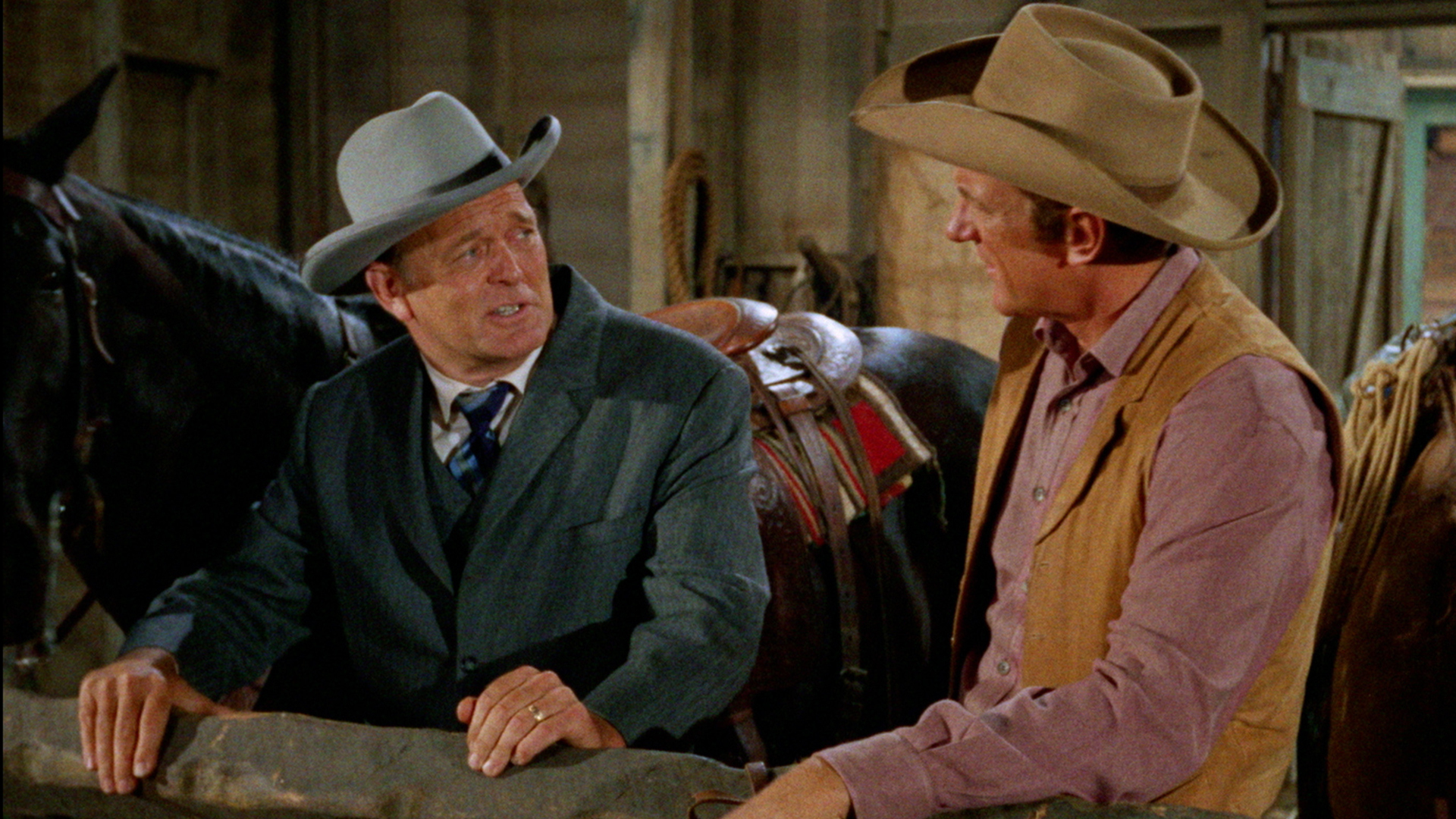
Writing and Production Challenges
Creating a weekly television series set in the 1870s presented numerous challenges for the writers and production team of Gunsmoke. The show’s commitment to historical authenticity required extensive research into the period’s customs, language, and technology.
Writers had to continually come up with fresh stories that would engage viewers while staying true to the established characters and setting. This became increasingly challenging as the series progressed, leading to more complex narratives and the introduction of new characters and elements to keep the show dynamic.
The production team faced the ongoing challenge of recreating the Old West on a television budget. From costumes and props to set design, every aspect of the show had to convincingly transport viewers to 19th-century Kansas. As the series moved into color production, these challenges only increased, with the need for even greater attention to visual detail.
The Importance of Guest Stars
Gunsmoke’s long run and high profile allowed it to attract a wide array of guest stars, many of whom were established film actors or up-and-coming talents. These guest appearances added variety and star power to the show, often providing memorable one-off characters or story arcs that complemented the regular cast.
Notable guest stars over the years included Burt Reynolds, who appeared in several episodes before achieving fame in his own right, and Leonard Nimoy, who guest-starred multiple times before landing his iconic role as Spock on Star Trek. Other famous faces that graced Gunsmoke included Harrison Ford, Jodie Foster, and Charles Bronson.
These guest appearances not only enhanced the show’s appeal but also provided a launching pad for many actors’ careers. Appearing on Gunsmoke became a rite of passage for performers in Hollywood, further cementing the show’s place in entertainment history.
Filming Locations and Technical Innovations
While much of Gunsmoke was filmed on soundstages in Hollywood, the show also made use of outdoor locations to capture the expansive feel of the American West. Areas around Los Angeles, such as the famous Iverson Movie Ranch, stood in for the Kansas prairie, providing authentic backdrops for the action.
As television technology evolved, so did Gunsmoke’s production techniques. The transition from black-and-white to color filming in 1966 marked a significant change, requiring adjustments in lighting, makeup, and set design to take advantage of the new medium.
The show also pioneered the use of various special effects techniques to create convincing action sequences and environmental effects on a television budget. These innovations helped to maintain Gunsmoke’s high production values throughout its run and set new standards for television Westerns.
The End of an Era and Gunsmoke’s Enduring Legacy

The Final Seasons and Cancellation
As Gunsmoke entered its later years, the television landscape began to change. The rise of new genres and changing viewer preferences led to declining ratings for many long-running series, including Gunsmoke. Despite this, the show maintained a loyal fan base and continued to produce quality episodes.
The decision to cancel Gunsmoke in 1975 came as a surprise to many, including the cast and crew. The final episode, “The Sharecroppers,” aired on March 31, 1975, bringing an end to the show’s unprecedented 20-year run. While not originally intended as a series finale, the episode provided a fitting end to the saga of Dodge City.
The cancellation of Gunsmoke marked the end of an era in television history. It was one of the last of the great TV Westerns to leave the airwaves, signaling a shift in American popular culture and entertainment preferences.
Gunsmoke in Syndication and Home Media
After its cancellation, Gunsmoke found new life in syndication. Reruns of the series continued to air on various networks and cable channels, introducing the show to new generations of viewers. The timeless nature of the stories and the enduring appeal of the characters ensured that Gunsmoke remained relevant long after its original run.
The advent of home video technology allowed fans to revisit their favorite episodes at will. VHS releases in the 1980s and 1990s were followed by comprehensive DVD collections in the 2000s, making the entire series available for home viewing. This accessibility has helped to maintain Gunsmoke’s fan base and historical significance in the digital age.
The Gunsmoke Legacy in Modern Entertainment
While the era of the TV Western has largely passed, Gunsmoke’s influence can still be felt in modern entertainment. The show’s approach to complex storytelling and character development paved the way for the serialized dramas that dominate prestige television today.
Elements of Gunsmoke can be seen in contemporary Western-themed series such as “Deadwood” and “Justified,” which carry on the tradition of exploring moral ambiguity and the nature of justice in frontier settings. Even non-Western series often draw inspiration from Gunsmoke’s model of a principled protagonist navigating a world of difficult choices and conflicting loyalties.
The enduring popularity of Gunsmoke has also led to periodic talks of reboots or feature film adaptations, though none have come to fruition as of yet. Regardless of whether Dodge City is ever revisited on screen, the original series remains a benchmark for quality television and a beloved piece of American cultural history.
Conclusion

Gunsmoke stands as a towering achievement in television history, a series that not only entertained millions but also shaped the medium and the Western genre for generations. From its humble beginnings on radio to its 20-year reign on television, Gunsmoke captured the imagination of viewers with its compelling characters, thoughtful storytelling, and authentic portrayal of life in the American West.
The show’s legacy extends far beyond its original run, influencing countless series that followed and maintaining a devoted fan base decades after its conclusion. Gunsmoke’s exploration of timeless themes such as justice, morality, and community continue to resonate with audiences, ensuring its place in the pantheon of great American television.
As we reflect on the impact of Gunsmoke, we are reminded of the power of storytelling to captivate, inspire, and endure. The echoes of Marshal Dillon’s footsteps on the streets of Dodge City continue to reverberate through popular culture, a testament to the enduring appeal of this landmark series. In the annals of television history, Gunsmoke will forever stand as a shining example of the art form at its best, a true American classic that continues to enthrall viewers and influence creators to this day.

